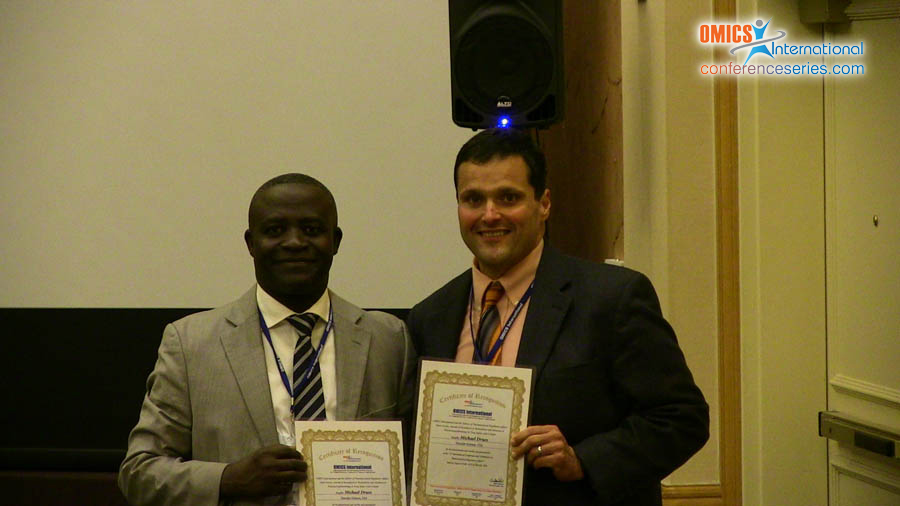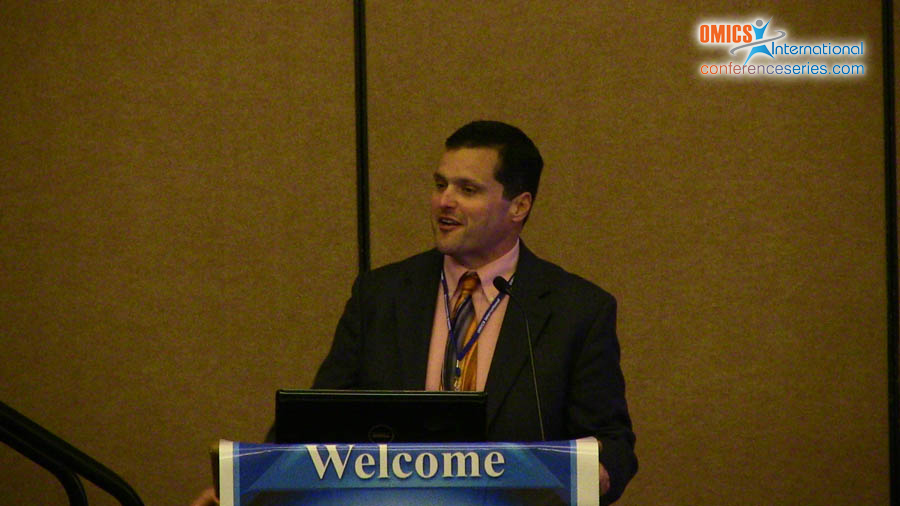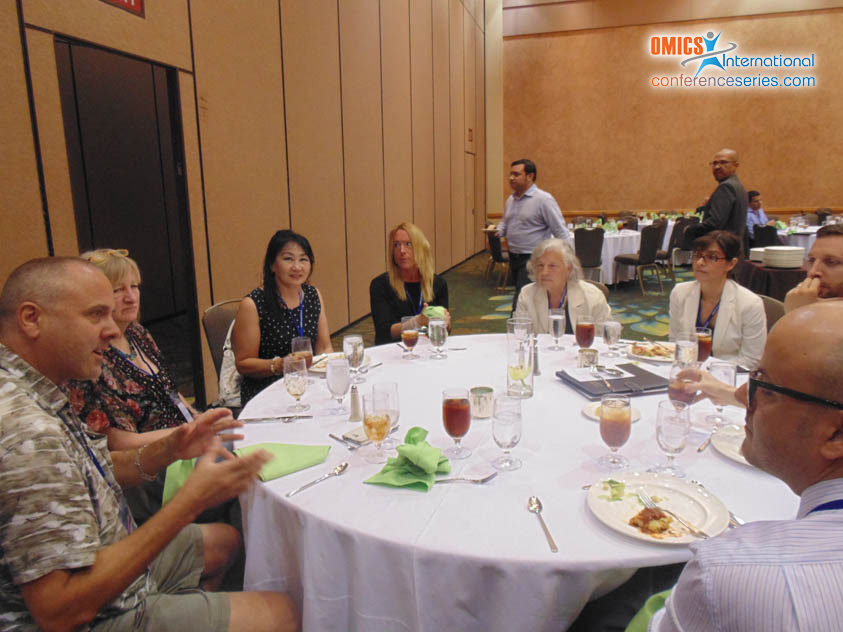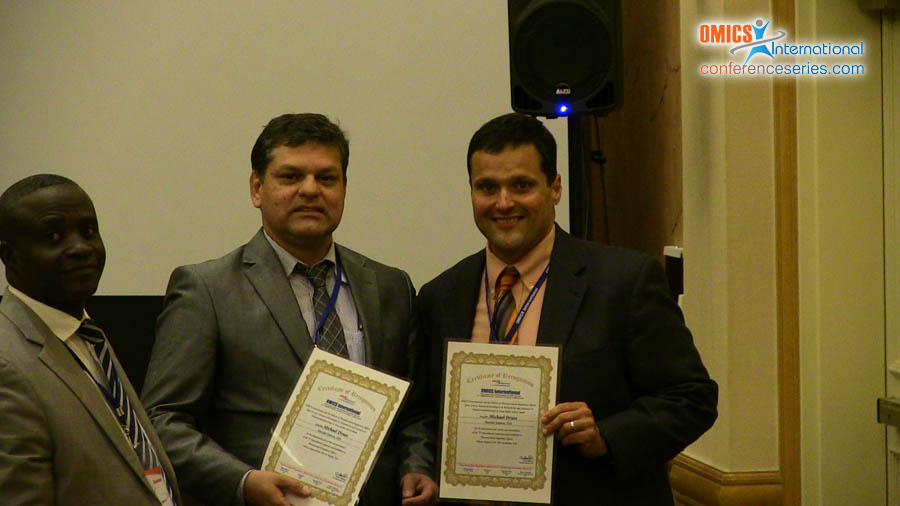
Michael Drues
Vascular Sciences, USA
Title: Commercializing disruptive medical technologies in an evolutionary world
Biography
Biography: Michael Drues
Abstract
Most product development in medical technology is evolutionary, i.e. make a drug or medical device then modify it slightly to create a new drug or device. There are many advantages to this approach but there are disadvantages as well. For example, the light bulb did not evolve from the candle nor did the car evolve from the horse. You can tweak a horse as many times as you want but you will never end up with a car! The light bulb and the car are examples of revolutionary a.k.a. destructive technologies. Our current regulatory environment was designed for and indeed encourages evolutionary advancements. However, when it comes to bringing revolutionary or disruptive technologies to market, the regulatory challenges are immense. Using case studies from 3-D printing, pharmacogenomics, tissue engineering and nanotechnology, this presentation will discuss the regulatory challenges of commercializing revolutionary technologies in an evolutionary world and how manufacturers can successfully meet them.






